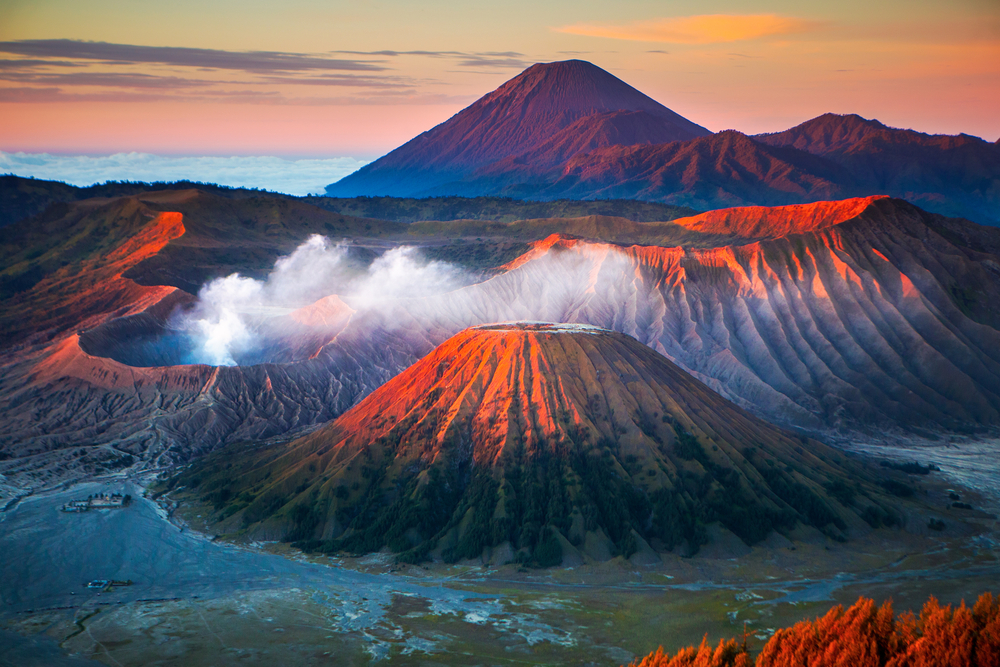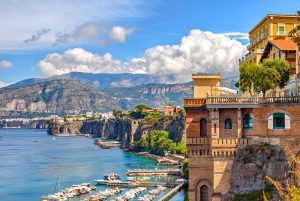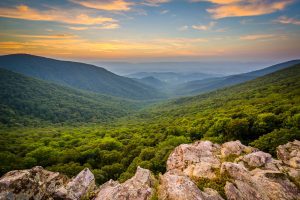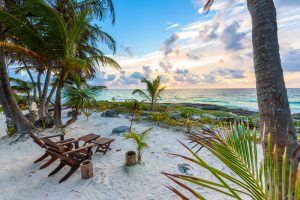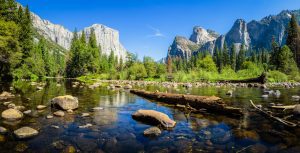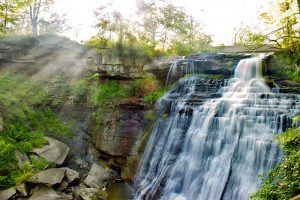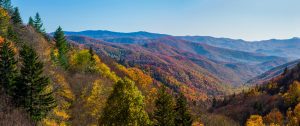The earth has played host to millions of volcanoes over the course of its long lifespan, and today there are thought to be about 1,500 that are currently active. If you’re interested in learning about the biggest and the baddest volcanoes on the planet, then this article is for you.
It’s not as easy as it seems to put the world’s largest volcanoes in order, and this is mostly due to the fact that there are many different ways to measure how large a volcano is. Some important factors to consider include the volcano’s base circumference, elevation above sea level, height from base to tip, summit elevation, and history of explosive eruptions.
The volcanoes listed below are a combination of different measurements, and while they are categorized in different ways, they are all some of the largest volcanoes in the world. Keep reading to find out more.
Table of Contents
1. Tamu Massif – Pacific Ocean
When we’re talking about area, there is no larger volcano on Earth (or in the entire solar system for that matter) than Tamu Massif, located about 1,000 miles east of Japan. This massive shield volcano was once thought to be a volcanic complex with multiple vents, but in 2013, researchers came to the conclusion that Tamu Massif is indeed a single volcano.
It covers an area of about 120,000 square feet (roughly the size of New Mexico), but there are a few good reasons that this colossal volcano eluded scientists for years. For one, you won’t see any towering peaks or sharp summits on Tamu Massif, and its summit is actually 6,500 feet below sea level. Its remote location in the northwestern Pacific also made it difficult to collect data from, and when it was initially discovered it was thought to have multiple different flows of lava rather than just a single source.
Tamu Massif has been extinct for millions of years, so it won’t be spurting new flows of lava anytime soon. Even so, it holds the title of the largest volcano in the world, unless an even larger underwater volcano is yet to be discovered. After all, we knew more about the volcanoes on Mars than we did about Tamu Massif until 2013!
2. Mauna Kea – Hawaii
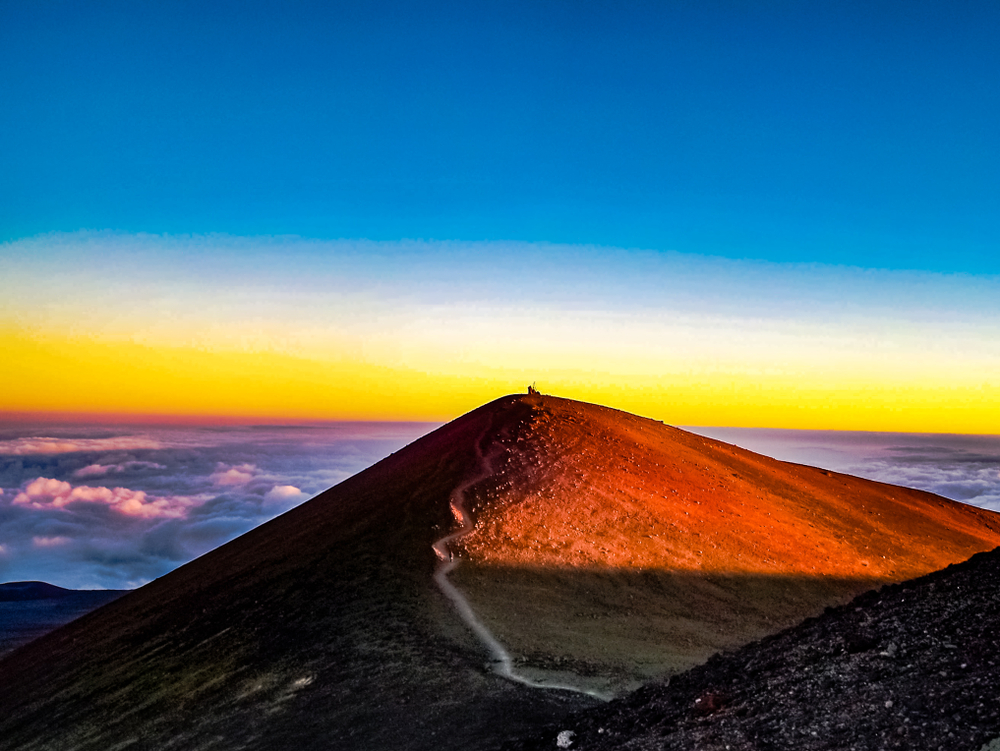
Located on Hawaii’s Big Island, the enormous Mauna Kea had the crown for largest volcano in the world until Tamu Massif stole the title. Still, this massive structure is the largest volcano above water, and you’re much more likely to lay eyes on Mauna Kea than on Tamu Massif.
Mauna Kea exceeds Tamu Massif in size when we consider the height, and this Hawaiian volcano stands tall at over 33,000 feet from base to summit. The elevation is also impressive at nearly 14,000 feet, though the base actually sits about 20,000 feet below sea level. Believe it or not, the elevation is so high that there is snow at the top of the volcano, and there’s also an observatory at the summit that sits above 40% of the earth’s atmosphere.
The volcano is dormant (though not extinct), and for that reason, visitors can actually make the climb up to the summit. This is not for the faint of heart, however, and it is recommended to go with a tour guide to help you acclimate to the atmospheric changes as you climb. For the real daredevils, it’s even possible to snowboard down the volcano!
3. Nevado Ojos del Salado – Chile/Argentina
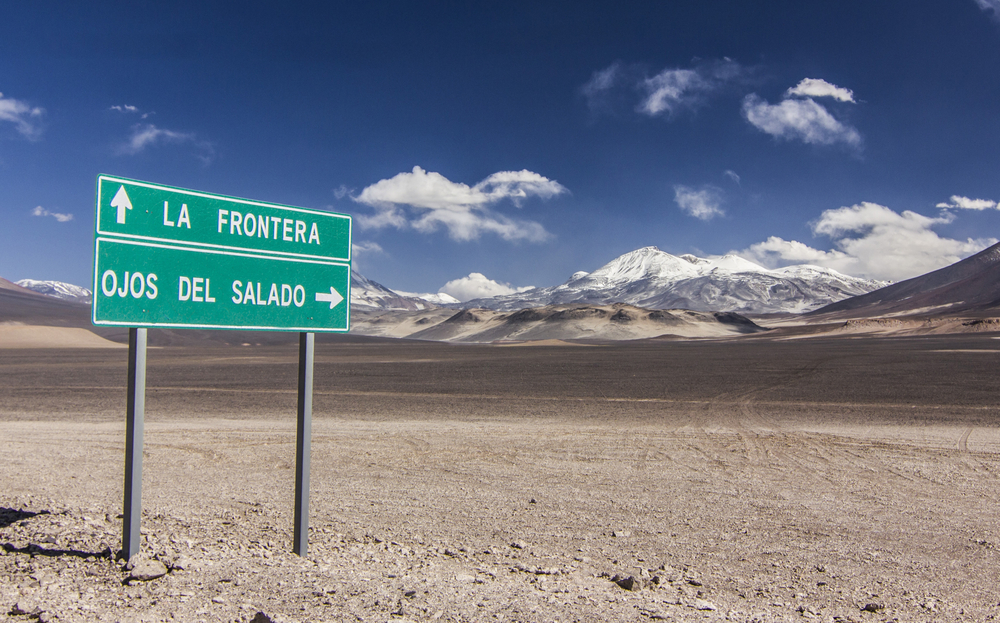
Straddling the border between Chile and Argentina, the Ojos del Salado volcano is the highest active volcano in the world. The volcano is part of the Andes Mountain range and the summit rests about 22,600 feet above sea level.
Although it hasn’t erupted in thousands of years, the Ojos del Salado volcano is still considered active. The volcano’s caldera contains craters, pyroclastic cones, and lava domes, and in 1993 the locals reported gas and ash emissions (though this was never confirmed by a volcanologist).
As the second-highest mountain in both the western and the southern hemisphere, thrill-seekers from all over the world make the climb to the summit of Nevado Ojos del Salado both for the bragging rights and the incredible views that can be seen from the top. Reaching the summit is no small feat, however, and usually takes about 15 days to complete the climb with a guide.
4. La Garita Caldera – Colorado, USA
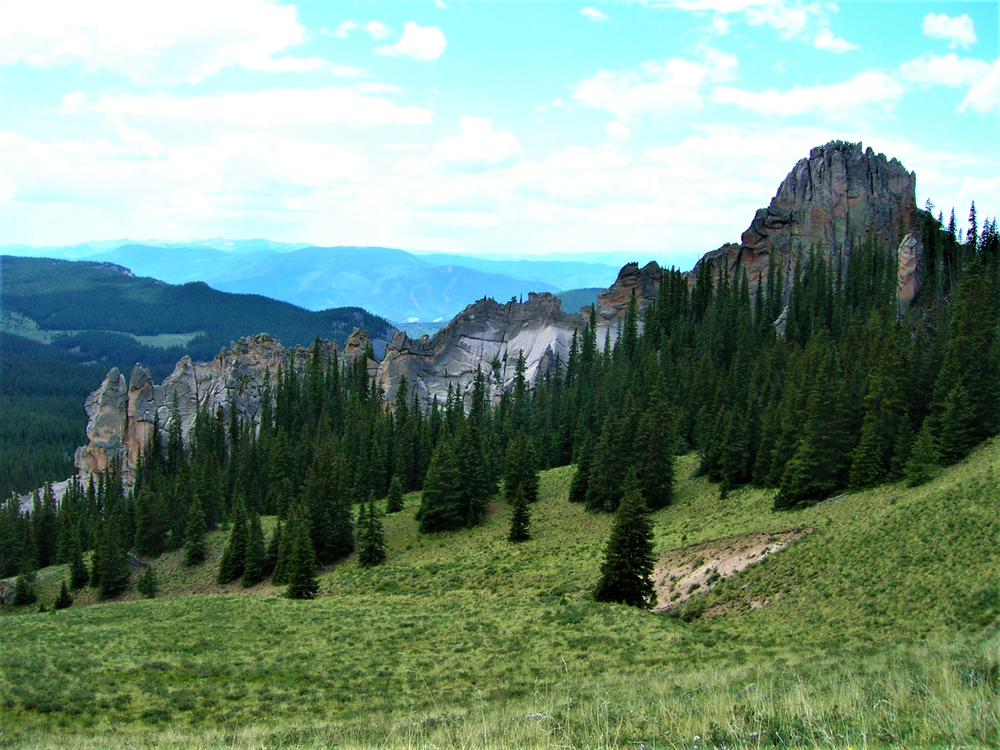
Nestled in the San Juan Mountains near the town of Crede, Colorado, La Garita Caldera is a large supervolcano that was formed millions of years ago by one of the largest known eruptions in Earth’s history.
La Garita is categorized as a supervolcano, which means that the magma in the mantle rises into the crust but is unable to break through a vent or fissure. This causes immense pressure and an accumulation of magma that eventually explodes in a violent eruption. While La Garita Caldera isn’t the highest or widest volcano in the world, it certainly is one of the largest in terms of eruptions.
The most notable of these explosions occurred about 1.5 million years ago and created otherworldly geological structures that can still be seen around Crede today. The most notable of these structures is the Fish Canyon Tuff, which has a whopping volume of 1,200 cubic miles. Since that explosion, La Garita has been the source of seven other major eruptions. Luckily for the residents in the nearby area, this supervolcano is now considered extinct, with no threat of exploding ever again.
5. Llullaillaco – Chile/Argentina
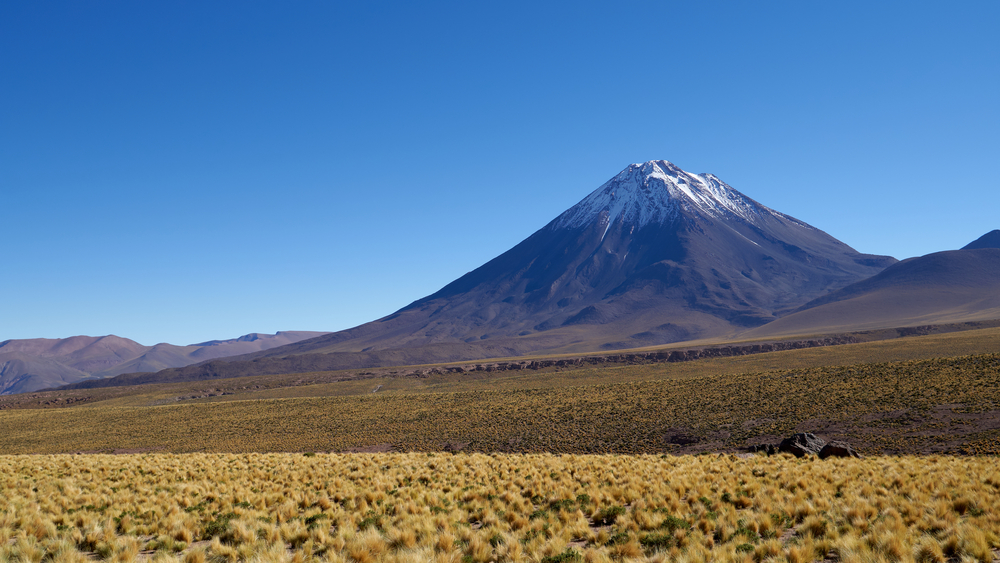
Another one of the highest active volcanoes in the world is Llullaillco, situated in the Andes Mountains of the Puna de Atacama region between Chile and Argentina. This area is located just east of the Atacama Desert and is known for its tall volcanic peaks and high plateaus.
Llullaillaco is the world’s second-highest active volcano and is relatively young compared to some of the other volcanoes on our list – just 150,000 years old. Llullaillaco was formed from the collapse of an older volcano along with debris from a major avalanche.
At least two explosive eruptions were reported as recently as the late 1800s, but the history of Llullaillaco is much more sinister than that. In 2003, the remains of three Inca children were found at the summit of the volcano, and they are thought to be the result of human sacrifice from over 500 years ago. Thanks to the freezing temperatures at the top of the volcano, these remains have been extremely well preserved and have aided researchers in discovering more about the ancient Incan religion and culture.
6. Cerro Tipas – Argentina
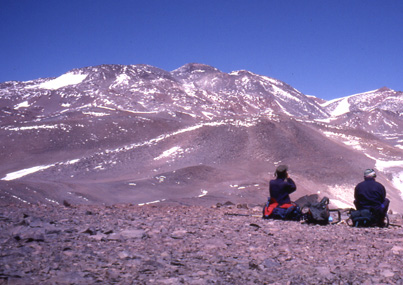
Argentina’s Tipas volcano is another one of the world’s largest, though it remains relatively unknown amongst the general population. Tipas is the third highest active volcano in the world with a summit elevation of nearly 22,000 feet above sea level.
Also known as Cerro Walther Penck or Cazadero, this volcanic complex is located in northwestern Argentina, just southwest of the aforementioned Ojos del Salado. While there is no evidence of any relatively recent volcanic activity, Cerro Tipas is still considered to be on the younger side and therefore has the potential to erupt sometime in the future. Just when this might occur, however, is uncertain.
7. Yellowstone Caldera – Wyoming, USA
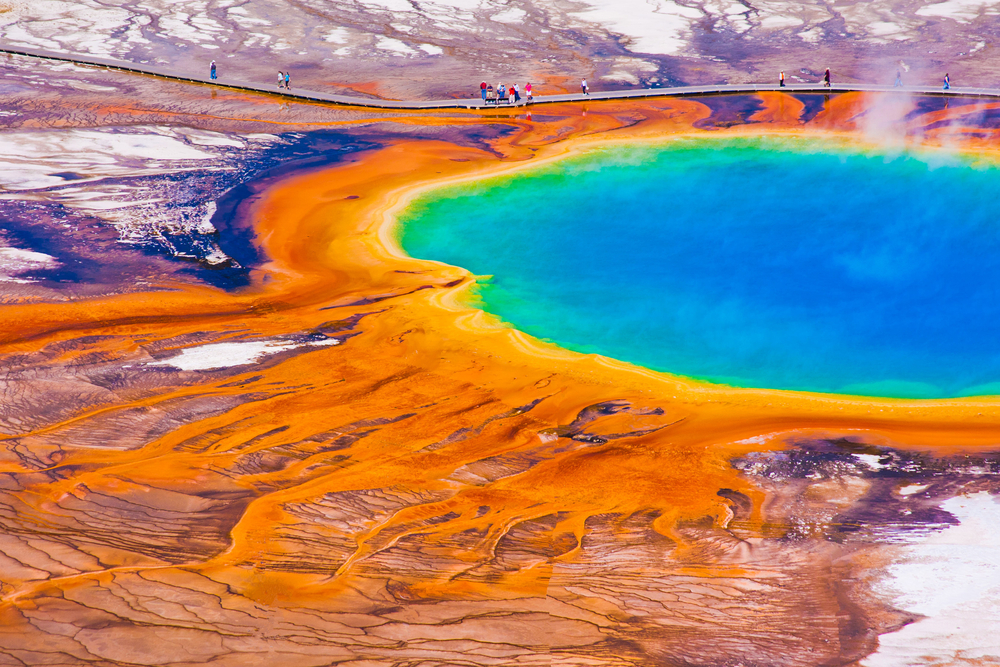
One of the most famous volcanoes in the world is also one of the largest, though the Yellowstone Caldera (sometimes called the Yellowstone Supervolcano) is actually quite misunderstood. Urban legend has it that the Yellowstone Caldera is long past due for an eruption, but the truth of the matter is that volcanic activity is extremely difficult to predict. Even so, scientists believe that an eruption is quite unlikely for another 10,000 years, so it’s safe for us to breathe a collective sigh of relief.
Yellowstone Caldera is one of just 12 active supervolcanoes in the world, and volcanic activity in the Yellowstone National Park area is relatively recent. This region has certainly seen its fair share of volcanic activity over the course of many years, and there have been three supereruptions occurring in the last 2 million years. This activity has created some beautiful calderas, including Island Park Caldera, Henry’s Fork Caldera, and Yellowstone Caldera, though only the Yellowstone Caldera around the Snake River Plain is visible today.
8. Nevado de Incahuasi – Chile/Argentina
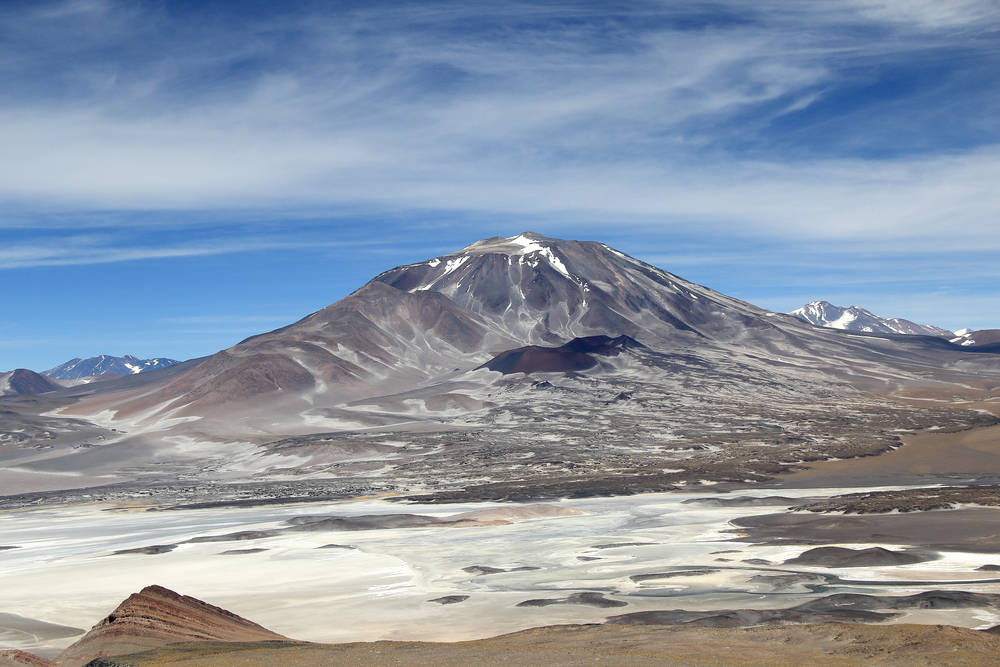
You likely won’t be surprised to see that another one of the largest volcanoes in the world is located on the border of Chile and Argentina. Located in the same region as Ojos del Salados and Llullaillaco, this 21,778-foot-high volcano is in good company amongst the soaring peaks of the Andes Mountains.
The Nevado de Incahuasi, or “House of the Inca” in Quechua, is a complex volcano with two stratovolcanoes inside of its 2-mile-wide caldera. While the last known eruption of this volcano is unknown, there is some “fresh” looking morphology inside of one of the stratovolcanoes that suggest activity as recently as the Holocene age.
Although the dating of this large volcano suggests that it is extinct, some researchers believe that it is dormant, biding its time until its next explosive eruption. The good news is that this area is quite remote, and even if Incahuasi does begin squirting lava it won’t have any real effect on the surrounding area.
9. Taupo Volcano – New Zealand
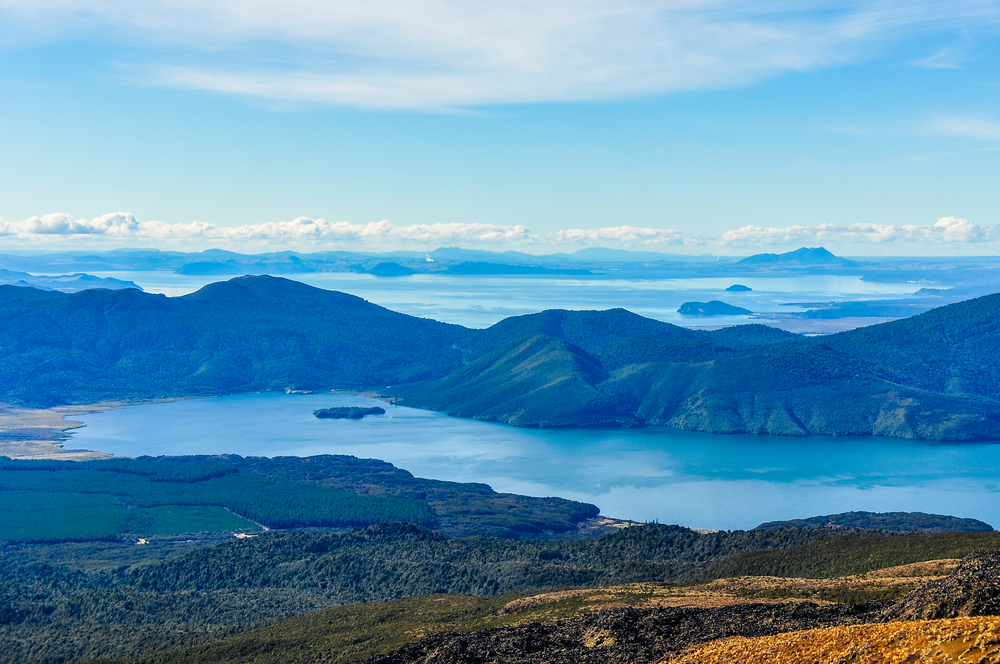
Lake Taupo is one of the largest supervolcanoes in the world, though it may not appear particularly dangerous thanks to the much-loved lake that has formed inside of its caldera. Located on New Zealand’s northern island, Lake Taupo is the country’s largest lake, and both tourists and locals flock to this scenic shoreline each summer to enjoy sailing, swimming, and the beautiful surroundings.
But before the lake was here, Taupo Volcano was the source of the most violent eruption in the world in the last 5,000 years. The plume of the eruption reached well into the stratosphere, measuring over 30 miles high. The entire country was filled with a layer of ash, and the lava flow stretched over 55 miles.
The Taupo eruption was relatively recent compared to many of the other volcanic explosions on our list, occurring just 1800 years ago. This volcano is also one of the most frequently active and productive of its type (rhyolite caldera), and while it is still considered to be active, the good news is that researchers believe that another eruption is very unlikely in the next 500 years.
10. Coropuna – Peru
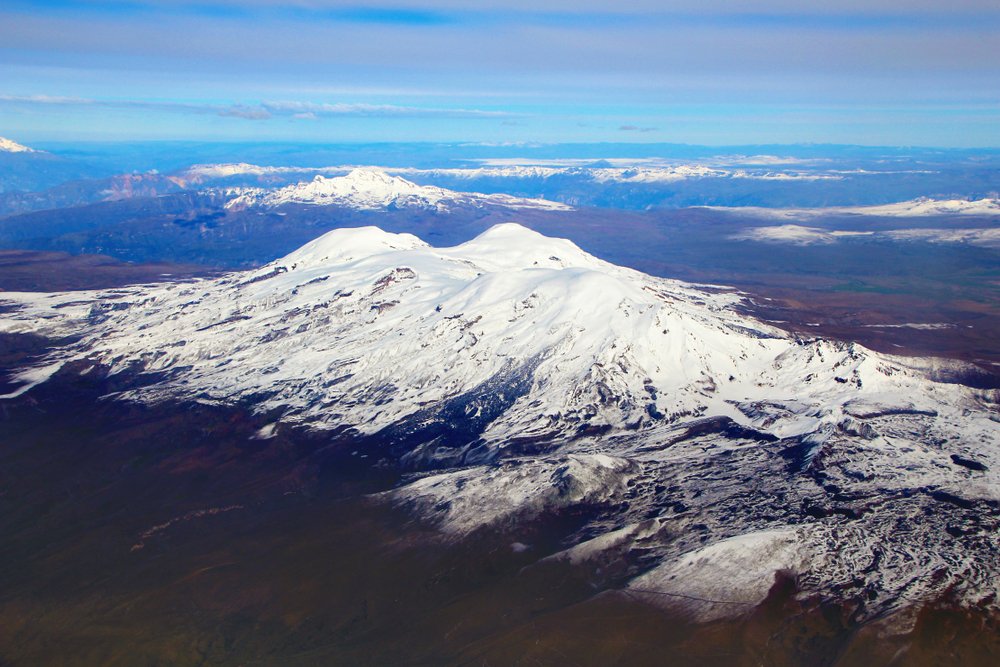
The ice-covered peaks of Peru’s highest and largest volcano are also one of the largest volcanoes in the entire world. Standing tall at nearly 21,000 feet, Coropuna also boasts some of the most extreme topographic relief on earth, which makes it extremely popular with adventurous mountain climbers.
The last eruption of this massive volcano is unknown, but the presence of so much snow and ice at the summit suggests that it is dormant. If it weren’t for evidence of fairly recent lava flows and solfataric activity, Coropuna might have been considered extinct.
Like so many other of the world’s largest volcanoes, Coropuna is located in South America’s Andes Mountain range. However, unlike Ojos Nevados and other prominent volcanoes, it is tucked away far off the beaten path in southeast central Peru rather than on the Chilean/Argentinian border.
11. Cerro Guacha – Bolivia
The Cerro Guacha in southwestern Bolivia is part of the larger Central Volcanic Zone (CVZ), one of just three volcanic arcs in the Andes Mountain range. This Miocene caldera was formed from the movement of two tectonic plates, the Nazca and the South America plates, which occurred over 40 million years ago.
Cerro Guacha has seen some major volcanic action over its lifetime, mainly in the form of ignimbrite. This is a type of lava flow that is characterized by a pumice-like flow that when cooled hardens into tuff. While not quite as exciting as a massive volcanic eruption, some of these ignimbrite flows have measured up to over 350 cubic miles.
Cerro Guacha’s most recent volcanic activity was nearly two million years ago, but this supervolcano is still considered active.
12. Lake Toba – Indonesia
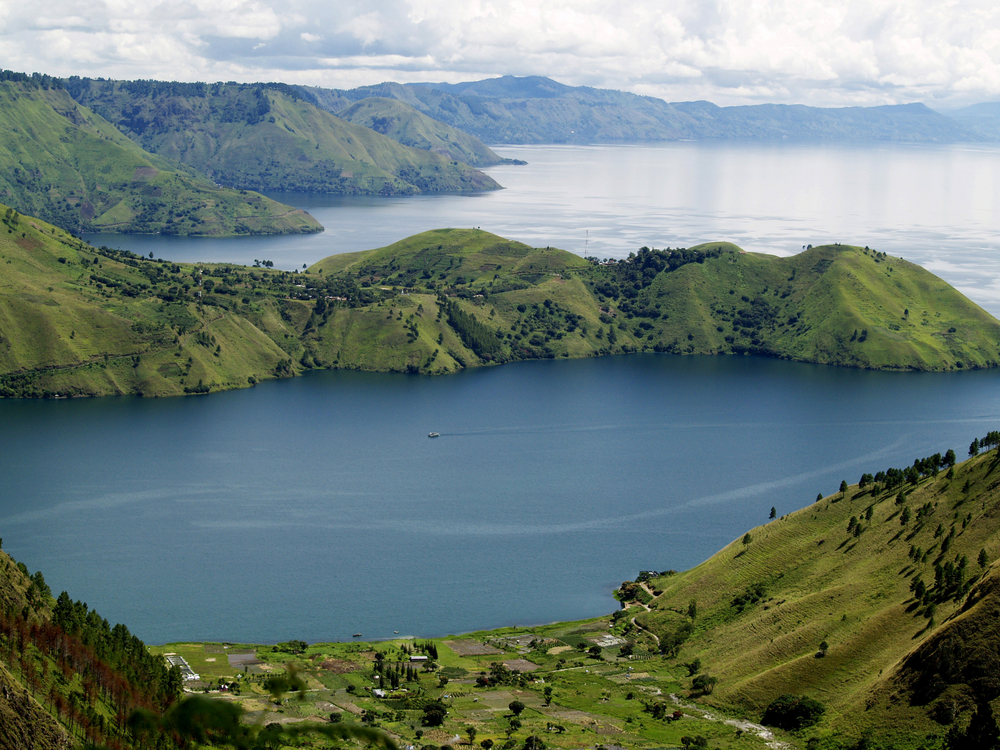
Lake Toba holds the title for the largest explosive volcanic eruption in the last 25 million years, and this record-breaking eruption resulted in a massive crater measuring over 700 square feet. This caldera has since filled with water and is now the largest lake in Southeast Asia and one of the deepest lakes in the entire world.
The island of Samosir formed inside the crater after the eruption, and it is now home to a traditional village with wooden houses made with sugar cane roofs. Visitors to Lake Toba love visiting the village, but that’s just the tip of the iceberg when it comes to enjoyment in this area.
Not only is Lake Toba extremely beautiful, but it also provides hours of entertainment for those who make time to visit. You could spend your day here kayaking along the crystal-clear water, hiking along the perimeter, or hunting for one-of-a-kind souvenirs like authentic wood carvings or handwoven textiles. You may want to soak up the beauty of Lake Toba for more than just one afternoon, and you’ll find plenty of campsites to pitch a tent in the nearby area.

